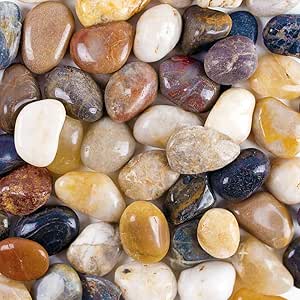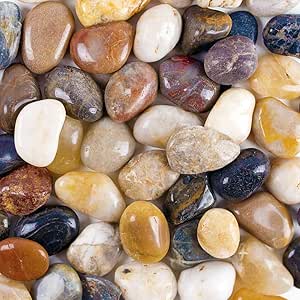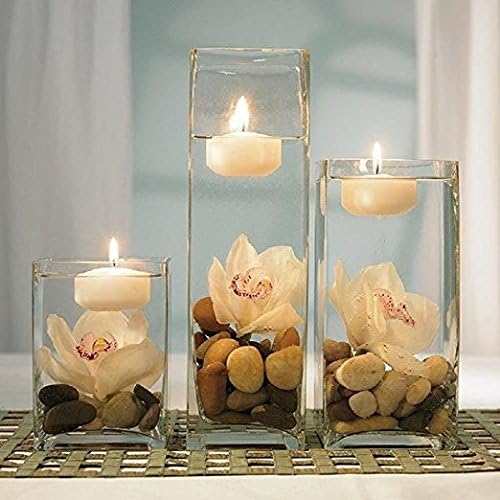The Beauty and Significance of Precious Stones

Precious stones, also known as gemstones, have been admired for centuries for their beauty, rarity, and symbolic meanings. Whether set in jewelry or kept as collectibles, these stones hold both aesthetic and spiritual value. In this post, we’ll explore the world of precious and semiprecious stones, their characteristics, and their significance.
Precious Stones: The Crown Jewels of Nature
The term precious stone traditionally refers to four specific gemstones that are considered the most valuable due to their rarity and unique properties. These include:
- Diamond 💎 – Known as the hardest natural substance, diamonds symbolize strength, purity, and eternal love. Their brilliance makes them the most sought-after stone for engagement rings and fine jewelry.
- Ruby ❤️ – A striking red gemstone that signifies passion, love, and vitality. Its rich hue is attributed to the presence of chromium.
- Emerald 💚 – Recognized for its deep green color, emeralds symbolize wisdom, prosperity, and growth. They belong to the beryl family.
- Sapphire 💙 – Though most commonly known in blue, sapphires can be found in various colors. They represent wisdom, royalty, and divine favor.
Semiprecious Stones: Beauty Beyond Rarity

While only four stones are classified as precious, there are countless semiprecious gemstones that are equally stunning and cherished. Here are some notable examples:
- Amethyst 💜 – A purple variety of quartz associated with spiritual clarity and calmness.
- Topaz 🟡 – A versatile gemstone found in various colors, symbolizing strength and clarity.
- Moonstone 🌙 – A translucent stone with an enchanting glow, believed to enhance intuition and emotional balance.
- Turquoise 🩵 – A vibrant blue-green stone that has long been used in protective talismans.
- Amber 🧡 – An organic gemstone formed from fossilized tree resin, known for its warm golden hues and healing properties.
- Aquamarine 💧 – A serene blue-green stone that evokes the tranquility of the sea.
- Coral 🌊 – An organic gem derived from marine coral, often seen in red and pink shades.
- Jade 💚 – Revered in many cultures, particularly in Asia, jade is a symbol of harmony, wisdom, and longevity.
- Lapis Lazuli 🔵 – A deep blue gemstone often speckled with golden pyrite, representing truth and enlightenment.
- Quartz 🤍 – A widely available mineral that comes in various forms, including clear, rose, and smoky quartz.
- Opal 🌈 – Known for its captivating play of colors, opals are believed to inspire creativity.
- Onyx ⚫ – A solid black gemstone symbolizing protection and inner strength.
- Pearl 🦪 – A unique organic gemstone formed inside oysters, representing purity and sophistication.
- Garnet 🔴 – A deep red stone that signifies passion, energy, and devotion.
- Jasper 🟤 – Found in earthy tones with intricate patterns, jasper is linked to grounding and stability.

Gemstones in Jewelry and Culture
Precious and semiprecious stones have been used in jewelry for centuries, from royal crowns to everyday accessories. A diamond ring 💍, for example, is a timeless symbol of love and commitment. Each gemstone carries a unique meaning, making them perfect for personalized jewelry and spiritual practices.

Whether you are a collector, a jewelry lover, or someone who appreciates nature’s wonders, gemstones offer a fascinating world of beauty and significance. Which of these stones do you find most captivating? Let us know in the comments!
